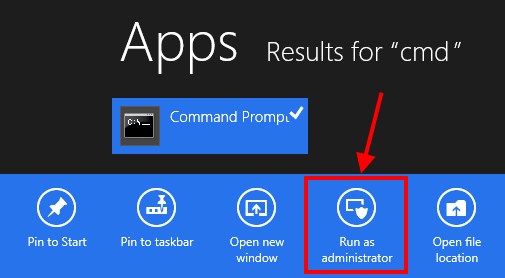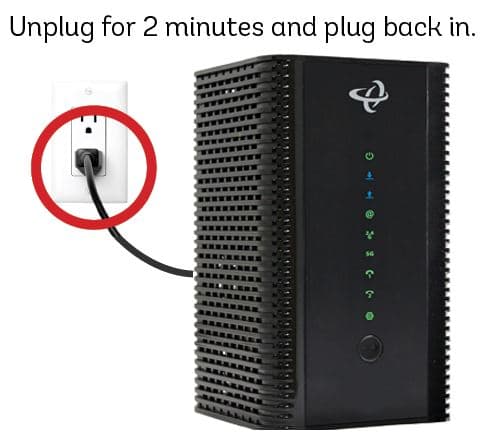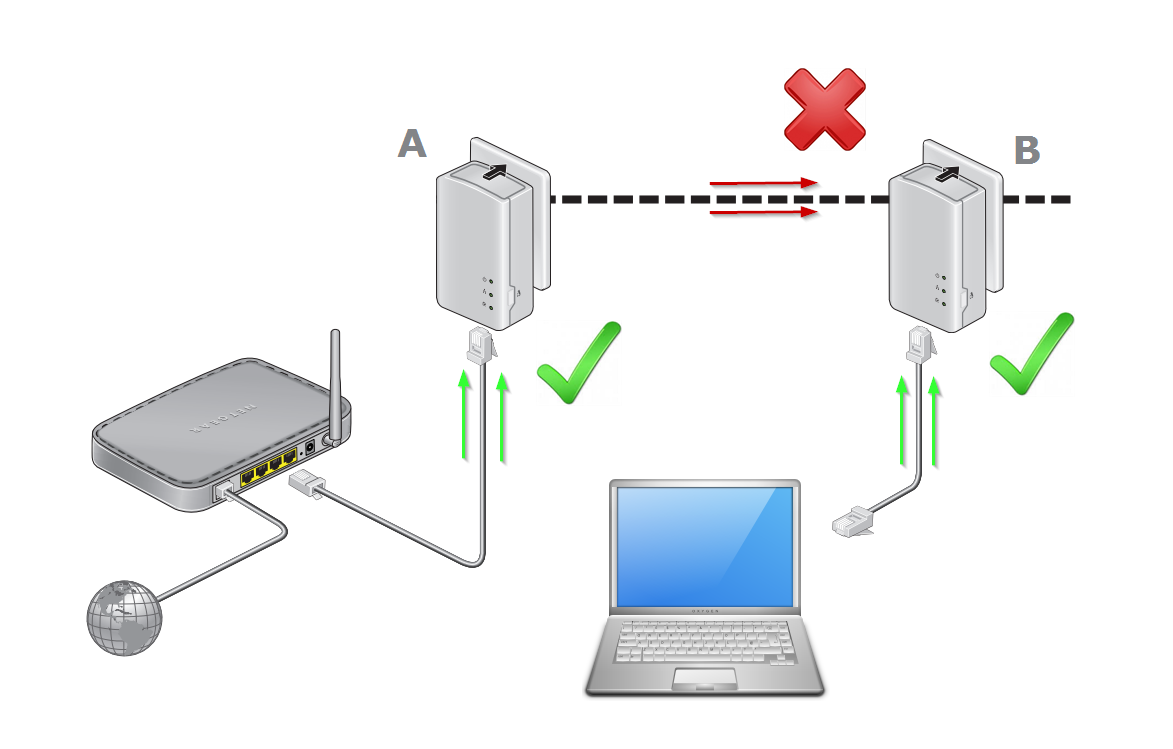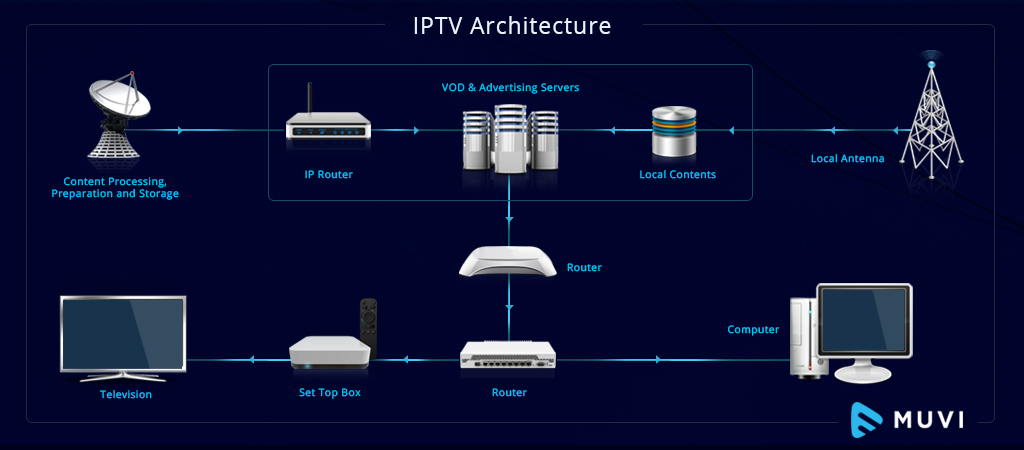Imagine this scenario: you’re in the midst of a living room makeover, and the final touch involves moving your TV to the opposite side of the room. But alas, your coaxial cable is too short, threatening to derail your entire project. Does this mean the end of your interior décor dreams? Absolutely not! With a coaxial cable extender, you can easily extend your cable and complete your project. This comprehensive guide will walk you through everything you need to know about how to extend your coaxial TV cable like a pro.
What You’ll Need
Before you start, gather the necessary parts and tools to extend your coaxial cable:
- A multimeter: This is optional but can be used to check for hot wires.
- A tape measure: You’ll need this to measure the length of the proposed extension.
- Extra coaxial cable: Be aware of which type of cable you’re extending. This guide focuses on how to extend RG6 or RG59 coaxial cable, the types commonly used for TV signals (OTA, satellite, cable). You might find the cable type, such as “RG6,” labeled somewhere on the sheath. Coaxial cable typically terminates in a male F-connector (metallic), which you’ll connect to the extension adapter.
- Coaxial cable threaded F-type extension adapter: Also known as a “barrel adapter,” this piece is needed to connect two coax cables together without impedance issues. A typical extender is the GE RG6 Coaxial Cable Extension Adapter.
- Coaxial cable compression fittings (optional): These metal fittings cap a coaxial cable, allowing you to plug it into device connectors. If you need to buy a set of fittings, the GoodQbuy Coax Compression Connector is a recommended all-in-one kit that also comes with wire stripping and crimping tools.
Before embarking on your DIY project, ensure that the coaxial cable you want to extend is disconnected from all electrical devices. Use a multimeter to check if there are any hot wires around before you start working. Safety should always be your first priority.
Step 1: Measure the Distance
The first step in how to extend a coaxial cable is to measure the length of the area you intend to extend your coaxial TV cable to. Your measurements need to be as accurate as possible. It’s always better to have a longer cable than a shorter one since you can always cut it to the desired length. If it ends up being too short, you might have to get another cable and extender to reach the required length. However, having too many extenders along the same cable line may cause signal loss and affect the quality of the signal transmitted. So it’s always better to keep them to an absolute minimum.
Step 2: Get Your Cables Ready
The next phase involves preparing your cables for the extension process. Check that the F-connectors of the cables are firmly in place. You can use your fingers or a pair of pliers to twist the connectors to secure them. This needs to be done for both the existing cable and the one to be used in the extension. The extension cable you purchase should be fitted with a male F-type connector at the TV (or set-top box) end and be somewhat longer than the distance you measured in Step 1.
Step 3: The Extension Process
Now that you’ve prepped your cables, you’re ready to begin the extension process. Connect the extension adapter to the end of the TV cable that you’re planning on extending. Ensure that you have a tight connection to prevent moisture from leaking into the end of the cable, especially if it’s outdoors. Next, attach the second coaxial cable connector to the other end of the extender. Two cables are usually enough for the extension process, but you could always get additional cables, extenders, and connectors if you need to extend the original cable to multiple rooms. Remember, the male F-connector on the free end of the extension cable connects to the female F-connector of the TV and vice-versa.
Step 4: Connect the Destination
Attach the extension cable to the TV and attach the other end of the original cable’s connector to the signal source like your antenna (if you had disconnected it before). Ensure that all connections are firm and secure. Power-up your TV, run a channel scan, and check to see that you can view all the channels with the expected audio and video quality. If you can’t, troubleshoot the connections to identify any possible mismatches in the connectors and their respective ports.
Choosing the Best Coaxial Cable Extender
When choosing an adapter for your coaxial TV cable, keep the following factors in mind:
- Affordability: A good coaxial cable extension adapter shouldn’t cost you an arm and a leg. A pack of two to five pieces will typically set you back $5 to $6 on average.
- Compatibility: Ensure that you get an extender that is compatible with most (if not all) brands of RG59 and RG6 coaxial cables. That way, you can use it to extend TV, cable box, satellite receiver, off-air HDTV antenna, or any other digital A/V component cable.
- Connectors: For the signal to be transmitted at a maximum frequency, it is always better to get extenders that have gold- or nickel-plated brass connectors. This protects them against corrosion, effectively preventing oxidation of the cable’s center conductor.
- Weatherproofing: If you intend to use the extender outdoors, ensure that it comes with a rubber sheath protector to guard against the weather. Also, make sure that the fittings are tight enough to prevent moisture from getting into the cable.
- Ease of Installation: You want a coaxial cable extender that is easy to install and disassemble. Pick one that allows you to screw it on or off both sides of your coax cable.
A Money-Saving Life Hack
Can you picture living in a world that didn’t have a single coaxial cable extender? Imagine having to buy a brand new cable every time you wanted to extend your existing one by a few feet. That would be such an inconvenience, not to mention costly. Thankfully, this doesn’t have to be your reality. Use the steps outlined in this guide to extend your coaxial cable by any length and to any other rooms in your home without having to buy a new one each time. Talk about a money-saver! If you feel like you’re way out of your depth, don’t hesitate to get a professional to help you do it.







